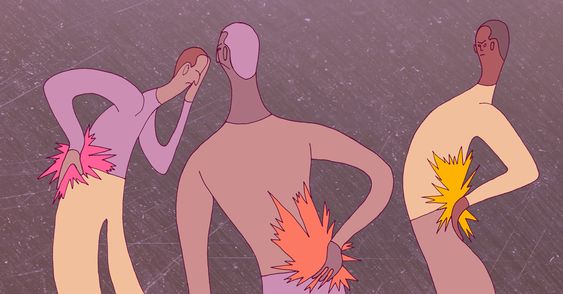Introduction
Psoriatic arthritis is a chronic inflammatory disease that affects the joints and skin. It is characterized by pain, stiffness, and swelling in the joints, as well as skin lesions called psoriasis. Psoriatic arthritis can affect any joint in the body, but it most commonly affects the fingers, toes, wrists, ankles, knees, and lower back.

The exact cause of psoriatic arthritis is unknown, but it is believed to be an autoimmune disease, which means that the body's immune system attacks its own tissues. Psoriatic arthritis is more common in people who have a family history of the disease or psoriasis.
Symptoms of Psoriatic Arthritis
The symptoms of psoriatic arthritis can vary from person to person. Some people experience mild symptoms, while others have severe symptoms that can be debilitating. Common symptoms include:
- Joint pain, stiffness, and swelling: This is the most common symptom of psoriatic arthritis. The pain may be worse in the morning or after periods of rest.
- Skin lesions: Psoriasis is a skin condition that causes red, scaly patches of skin. About 85% of people with psoriatic arthritis develop psoriasis before they develop joint problems.
- Fatigue: Many people with psoriatic arthritis experience fatigue, which can be caused by inflammation and pain.
- Nail changes: Psoriatic arthritis can also affect the nails, causing them to thicken, crumble, or pit.
- Eye inflammation: Some people with psoriatic arthritis develop uveitis, which is inflammation of the middle layer of the eye.
Treatment for Psoriatic Arthritis
There is no cure for psoriatic arthritis, but there are treatments that can help manage the symptoms and slow the progression of the disease. Treatment options include:
- Medications: There are a variety of medications that can be used to treat psoriatic arthritis, including nonsteroidal anti-inflammatory drugs (NSAIDs), disease-modifying antirheumatic drugs (DMARDs), and biologics.
- Physical therapy: Physical therapy can help improve joint flexibility, range of motion, and strength.
- Occupational therapy: Occupational therapy can help people with psoriatic arthritis learn how to perform daily activities more easily.
- Lifestyle changes: Making healthy lifestyle changes, such as losing weight, eating a healthy diet, and getting regular exercise, can help improve symptoms.
Living with Psoriatic Arthritis
Living with psoriatic arthritis can be challenging, but there are things you can do to manage the condition and improve your quality of life.
- Educate yourself: Learn as much as you can about psoriatic arthritis.
- Find a good doctor: It’s important to find a healthcare professional who is knowledgeable about psoriatic arthritis and who can help you develop a treatment plan.
- Take care of yourself: This includes eating a healthy diet, getting regular exercise, getting enough sleep, and managing stress.
- Connect with others: Connecting with other people who have psoriatic arthritis can provide support and understanding.





